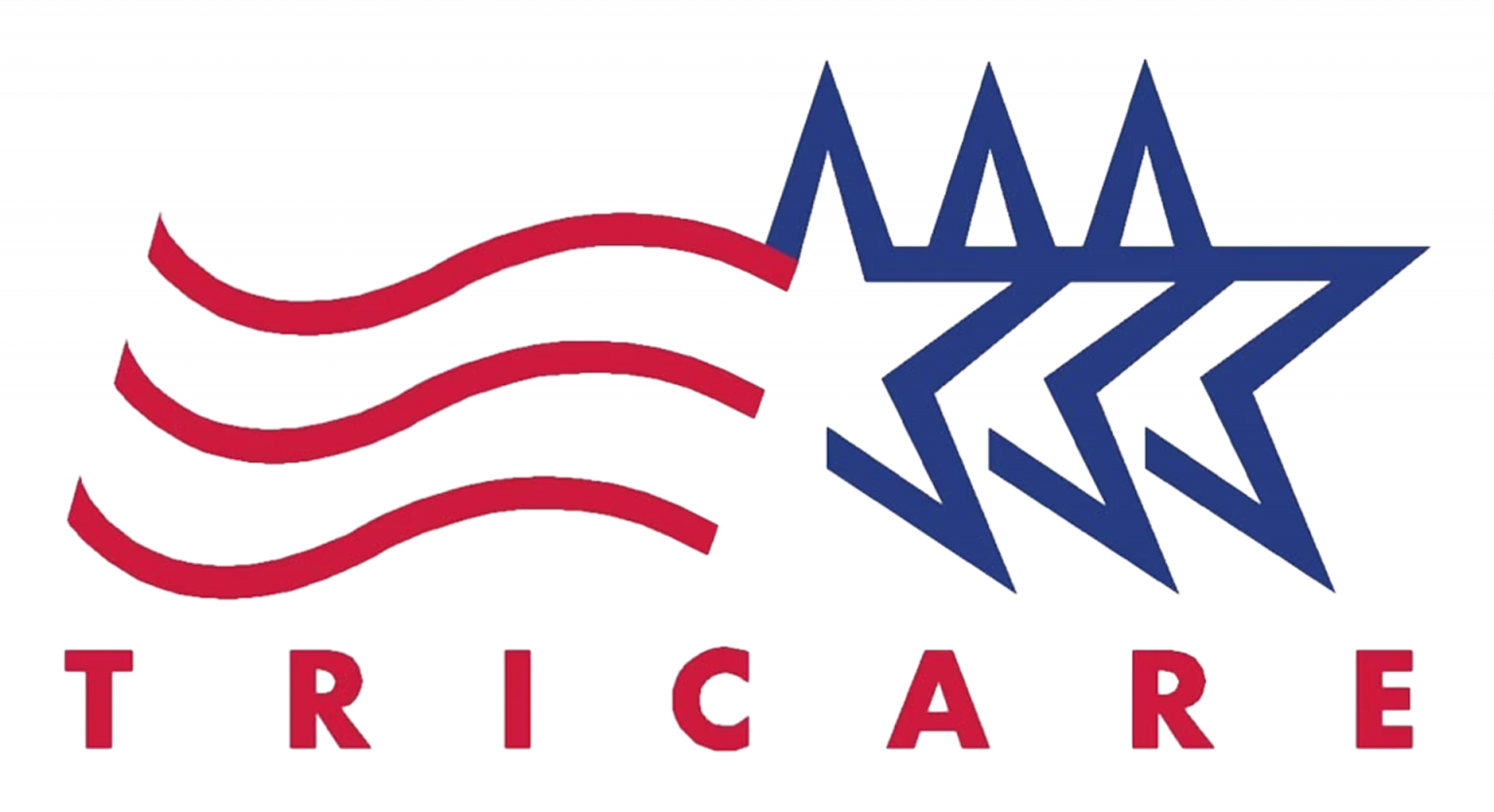Background
Chronic pain is common in children and adolescents and is often associated with severe functional disability and mood disorders. The pharmacological treatment of chronic pain in children and adolescents can be challenging, ineffective, and is mostly based on expert opinions and consensus. Ketamine, an N-methyl-D-aspartate receptor antagonist, has been used as an adjuvant for treatment of adult chronic pain and has been shown, in some instances, to improve pain and decrease opioid-requirement. We examined the effects of subanesthetic ketamine infusions on pain intensity and opioid use in children and adolescents with chronic pain syndromes treated in an outpatient setting.
Methods
Longitudinal cohort study of consecutive pediatric patients treated with subanesthetic ketamine infusions in a tertiary outpatient center. Outcome measurements included self-reported pain scores (numeric rating scale) and morphine-equivalent intake.
Results
Over a 15-month period, 63 children and adolescents (median age 15, interquartile range 12–17 years) with chronic pain received 277 ketamine infusions. Intravenous administration of subanesthetic doses of ketamine to children and adolescents on an outpatient basis was safe and not associated with psychotropic effects or hemodynamic perturbations. Overall, ketamine significantly reduced pain intensity (p <0.001) and yielded greater pain reduction in patients with complex regional pain syndrome (CRPS) than in patients with other chronic pain syndromes (p = 0.029).
Read the complete study here.

























